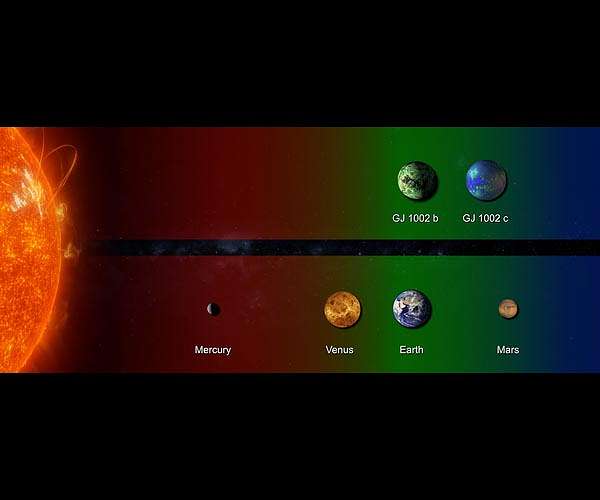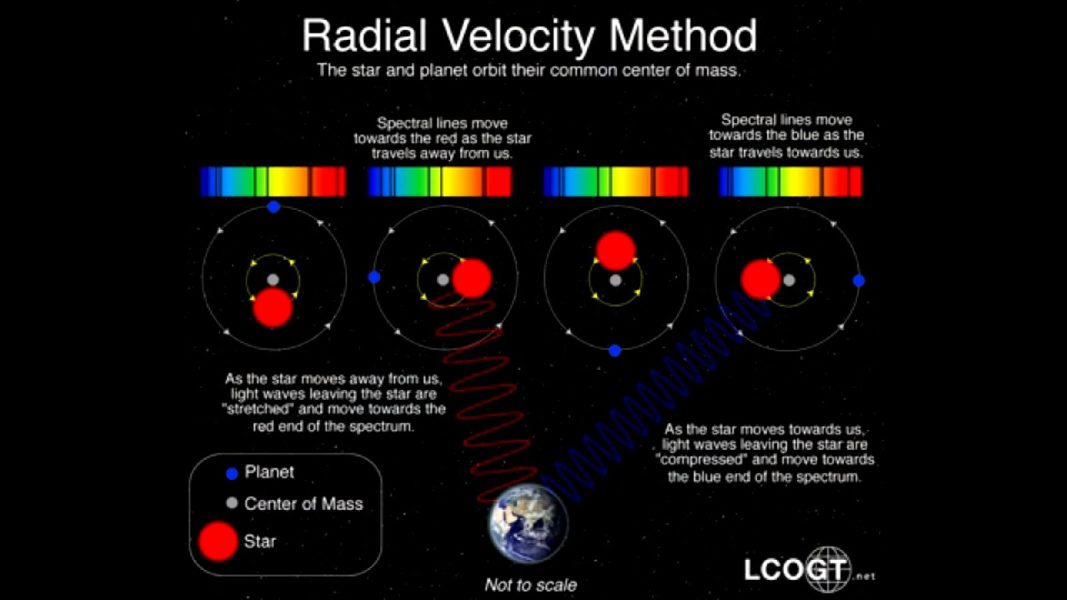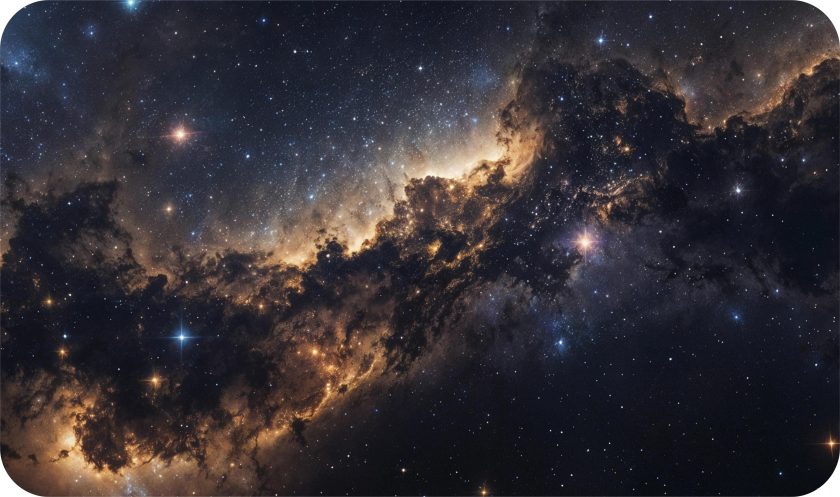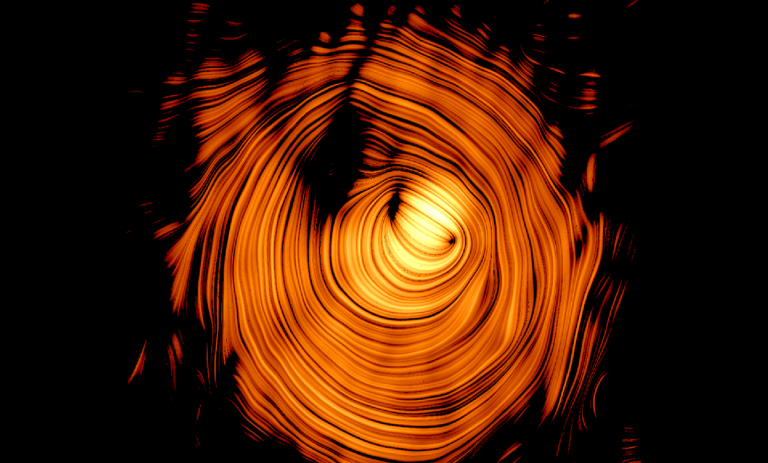
In an international collaboration between astronomers, two planets orbiting a red-dwarf star have been identified. The planets, GJ 1002 b and c, are 16 light-years away and about the size of Earth. Both lie within the star’s habitable zone. Which means, the orbital distance is enough to allow liquid water to form on the surface provided it has the right kind of atmosphere.
It is a joint effort of the following two programs:
- The Echelle SPectrograph for Rocky Exoplanets and Stable Spectroscopic Observations (ESPRESSO), and
- The Calar Alto High-Resolution search for M-dwarfs with Exoearths with Near-infrared and optical E’chelle Spectrographs (CARMENES)
Discovery of the planets is the result of wobbling effect caused by gravitational tugs between the star and orbiting planets. Radial velocity measurement technique is used to observe the effects.
Radial velocity method
When a star wobbles, it is detected with the help of spectroscopy and doppler shift.
When an object is moving towards us, we get a particular light and when the object is moving further away (from us) we get to see another light.
Spectroscopically we can take that light apart. For instance, if the star is moving towards us its spectrum is blue-shifted, and red-shifted correspondingly when it moves away from us.
Property of moving towards us and travelling away from us and not the property of light. Astronomically, the difference of light is because of some movement. Therefore, by observing regular shifts in the spectrum of the star, astronomers deduced the presence of some star-planet system in the part of the universe.
Till date radial velocity method has revealed more than 1,000 confirmed detections of exoplanets.

A tiny wobble
Similar planetary tugs are seen in GJ 1002 system. Due to the small shift, it is difficult to detect. The range is about 4.3 feet per second, which is equivalent to moving at about 3 miles per hour.
The host star is M5.5 V star. And GJ 1002 is situated at 4.84 Parsecs from the Sun. In optical spectrum it has a V magnitude of ∼13.8, which is relatively faint. But in infrared spectrum J has a magnitude of 8.3, which is quite bright.
Signal of two planets
GJ 1002 b is a planet with a minimum mass mp sin i of 1.08 ± 0.13 M⊕ with an orbital period of 10.3465 ± 0.0027 days.
GJ 1002 c is a planet with a minimum mass mp sin i of 1.36 ± 0.17 M⊕ with an orbital period of 21.202 ± 0.013 days.
And the rotation signature of the star is about 126 ± 15 days.
Takeaway
GJ 1002 is a nearby star system that has two exoplanets (planets outside our solar system) with a possibility of habitable environments. This is due to the proximity of the host star to the Sun, which makes the sizes of the planets’ orbits large enough to be studied in detail.
To get a better picture, instruments like ANDES for the ELT (Extremely Large Telescope) or the LIFE mission could be used to analyse the atmospheres of these planets using high-contrast high-resolution spectroscopy.
Via: Spacedaily



